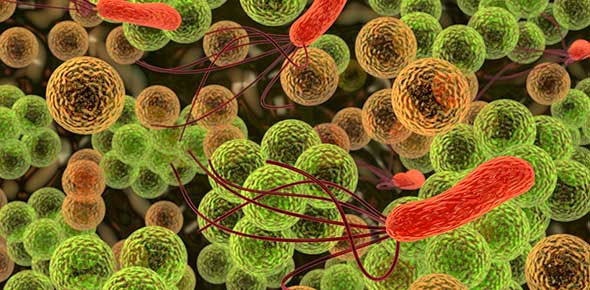Related Flashcards
Related Topics
Cards In This Set
| Front | Back |
|
Airflow is governed by the same principles of......
as blood flow |
Flow, pressure and resistance
|
|
Atmospheric pressure
|
Drives respiration--amt of pressure exerted from the atmosphere
|
|
Intrapulmonary pressure
..also referred to as_______ |
Pressure within the lungs (alveoli)
aveolar pressure |
|
Direction of airflow depends on:
|
Gradient between atmospheric pressure and intrapulmonary pressure
|
|
Negative pressure:
|
Implies below atmospheric pressure
|
|
Positive pressure:
|
Implies above atmospheric pressure (out of the lungs)
|
|
Boyles law
|
Pressure of a gas in a closed container is inversely proportional to the volume of its container at a constant temperature
|
|
Charles' law
|
Volume of a gas in a close container is directly proportional to its absolute temperature at a constant pressure
|
|
Dalton's law
|
Each gas in a mixture exerts its own partial pressure independent of the partial pressures of the other gases in the mixture
|
|
Henry's law
|
The amount of gas that dissolves in a liquid is directly proportional to its solubility in that liquid and its partial pressure
|
|
Inspiration
--for air to flow into the lungs ...this is accomplished by |
Intrapulmonary pressure must be less than atmospheric air pressure
...increasing volume of the lungs |
|
When diaphragm and external intercostal muscles contract:
|
Volume of thoracic cavity increases
|
|
Contraction of the diaphragm:
|
Increases volume of the thoracic cavity from top to bottom
|
|
Contraction of external intercostal muscles:
|
Pulls ribs upward and outward to increase volume of thoracic cavity from front to back
|
|
Consequences of contractions:
|
Because visceral and parietal pleurae adhere strongly to one another, lung volume will expand as volume of thoracic cavity expands
|






